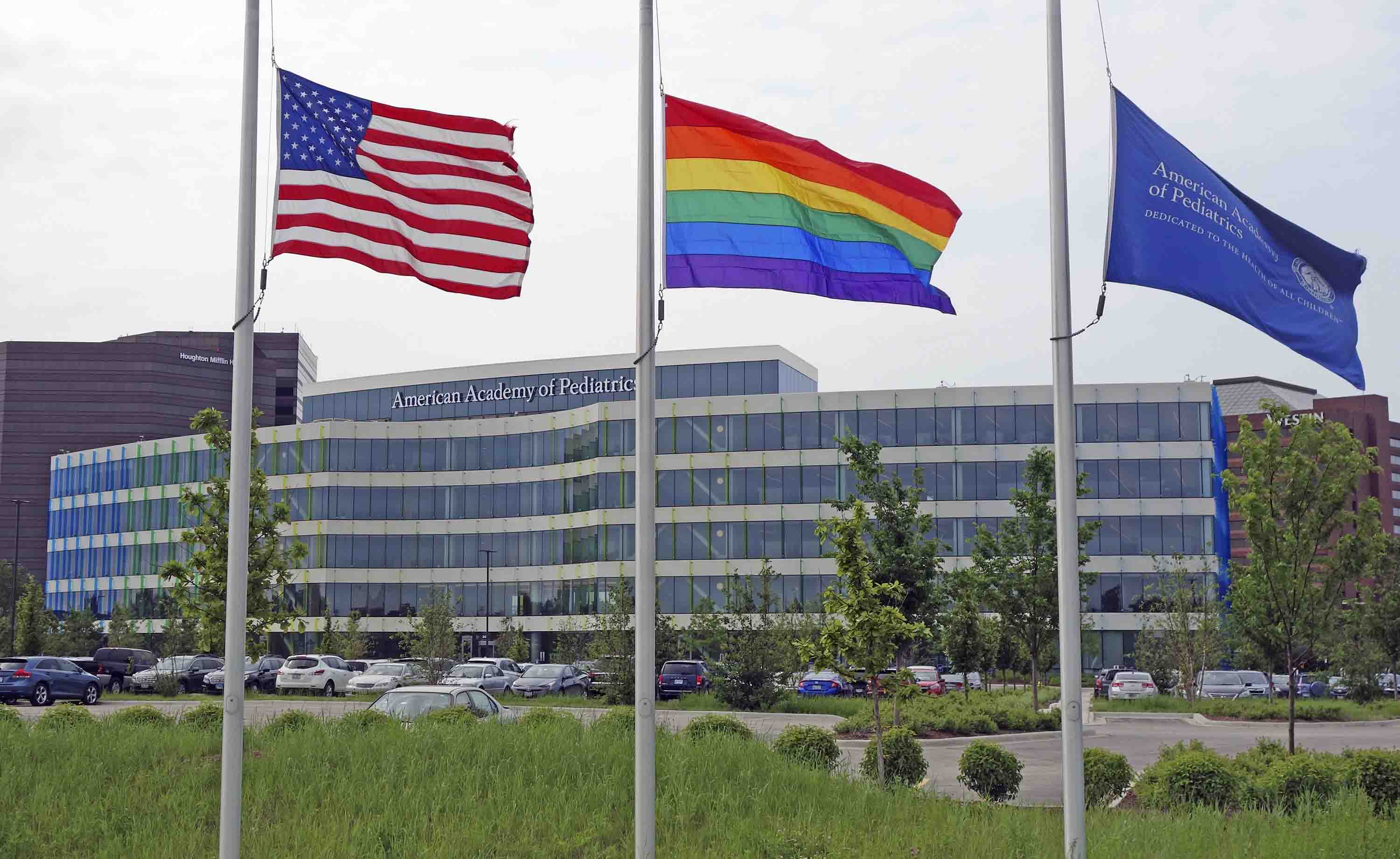A message from the CEO
From the beginning, the American Academy of Pediatrics (AAP) has been guided by its mission to ensure the health and well-being of all children. This includes promoting nurturing, inclusive environments and actively opposing intolerance, bigotry, bias, and discrimination.
As the group of children in the United States grows increasingly diverse, diversity among AAP membership and staff is even more important. The skills, characteristics, and attributes of a diverse workforce strengthen our organization, drive innovation, and position us to succeed in our mission. However, we realize that diversity does not work without inclusion. Therefore, as we are committed to recruiting, supporting, and promoting talented, diverse individuals as employees, we also actively seek to foster a work environment that embraces and celebrates diversity, promotes inclusiveness, and treats all employees with dignity and respect. The success of these efforts provides the right foundation to meet our goal to foster health and well-being of all children.
Mark Del Monte, JD, CEO/Executive Vice President
American Academy of Pediatrics
About the Council
The AAP Staff Diversity and Inclusion Council was formed to serve as a sounding board for ideas and act as an ambassador for diversity and inclusion initiatives and opportunities to benefit the AAP workforce.

Accordingly, the council is committed to fostering an environment that embraces and celebrates diversity. Through raising awareness, education, activities, and other initiatives, the council is dedicated to actively supporting a workplace environment where staff are seen, known, valued, supported, and respected. The council is also committed to making the AAP a safe work environment where creativity, innovation, collaboration, and teamwork make a difference.
It is our shared duty, as an organization, as a council, and as staff, to make sure that here, in our workplace, each person can fully contribute to the shared mission without discrimination or intimidation, and each person is respected, supported, and provided equal opportunity, regardless of race, ethnicity, ancestry, national origin, religion, gender, marital status, sexual orientation, gender identity or expression, age, veteran status, immigration status, or disability.
At the AAP, we work together to ensure that all children thrive and achieve their full potential. When we embrace all the talent that our diverse backgrounds, experiences, and expertise bring together to make that happen, we create the optimal environment for success.
Definitions
Diversity
Diversity involves understanding that each individual is unique, and recognizing our individual differences. These differences can be along the dimensions of race, ethnicity, ancestry, national origin, immigration status, religion, gender, marital or family status, sexual orientation, gender identity or expression, age, veteran status, disability, or other characteristics.
Inclusion
Inclusion represents the engagement and participation of diverse individuals in an organization. Initiatives around inclusion recognize the inherent worth and dignity of all individuals, and work to include all into the organization's overall capacity and decision-making.
Initiatives
Here are examples of recent council initiatives:
- Conducting a survey of staff perceptions around diversity and inclusion
- Developing a series of emails highlighting a variety of cultural and religious holidays
- Producing "lunch and learn" programs with internal and external speakers to explore topics pertinent to diversity, equity, and inclusion
- Curating a set of resources for posting on the AAP intranet page